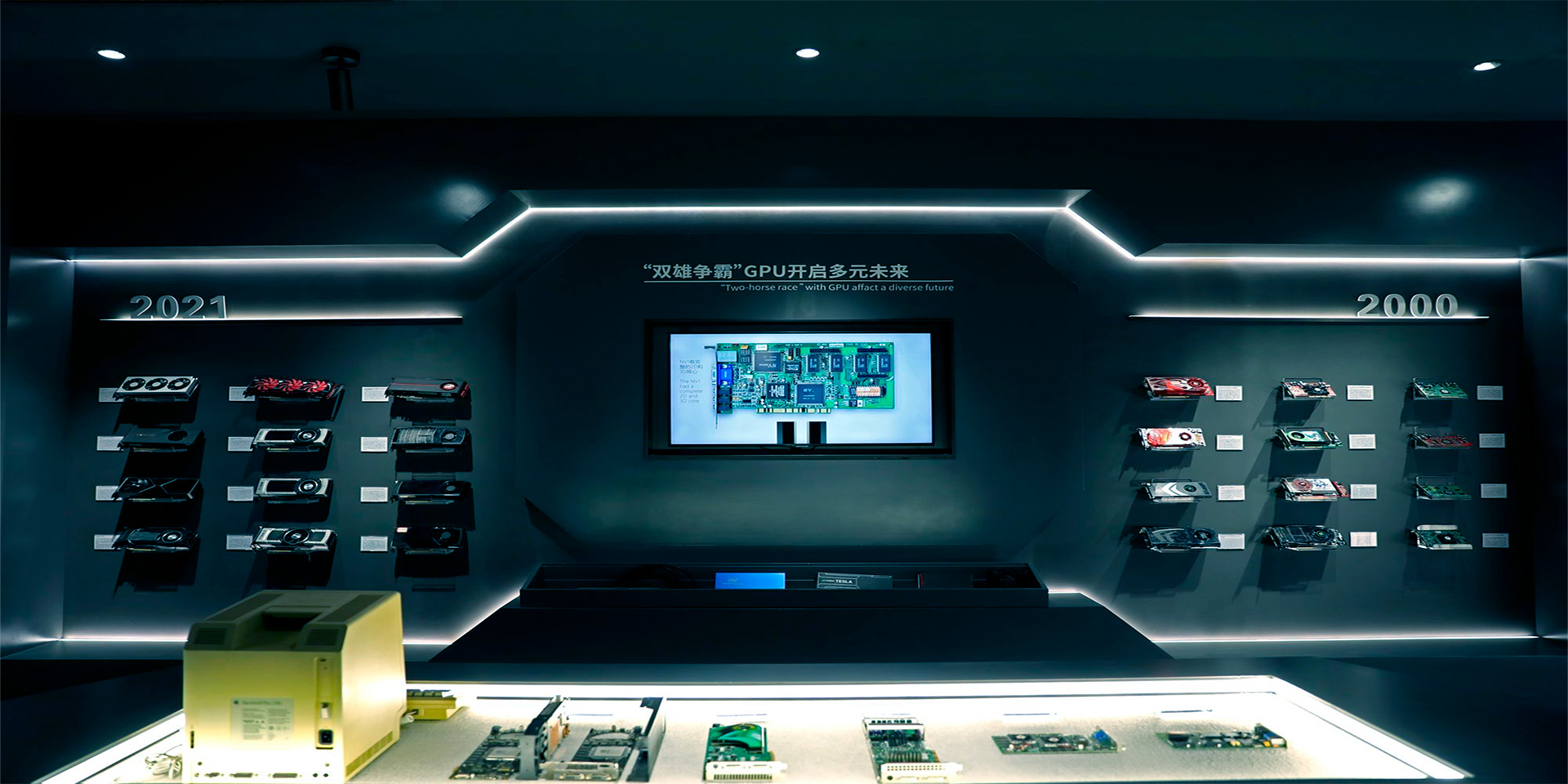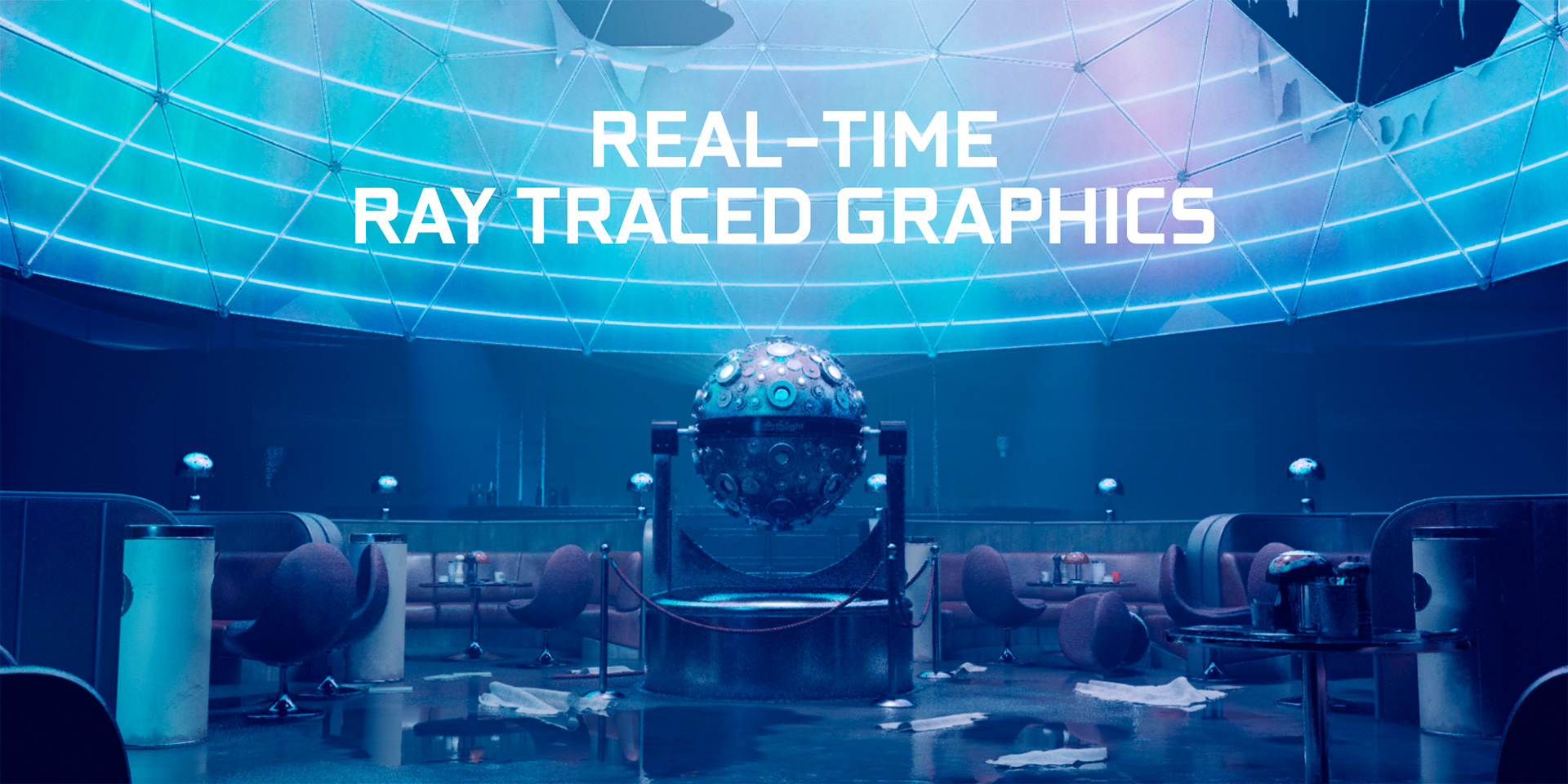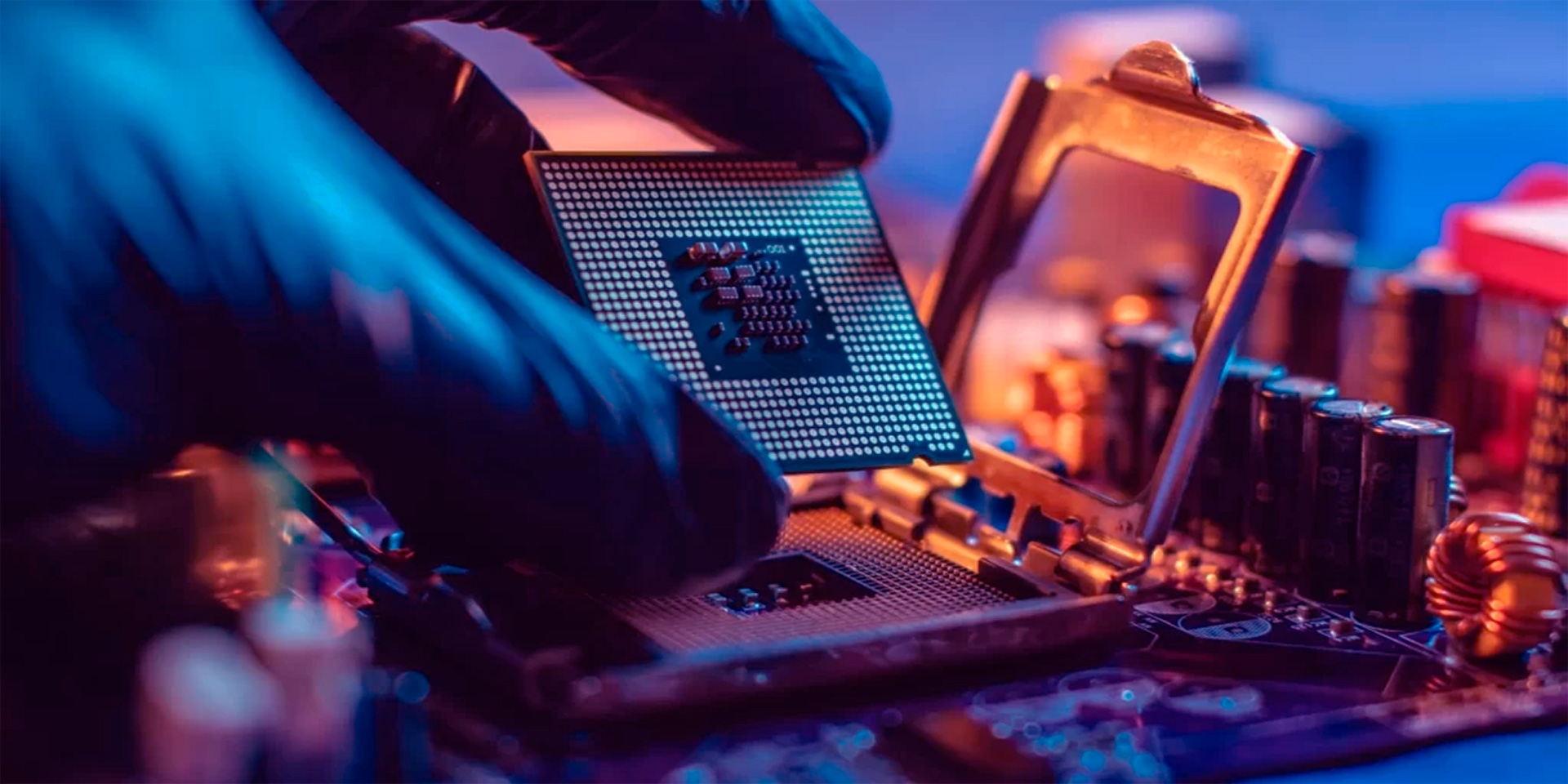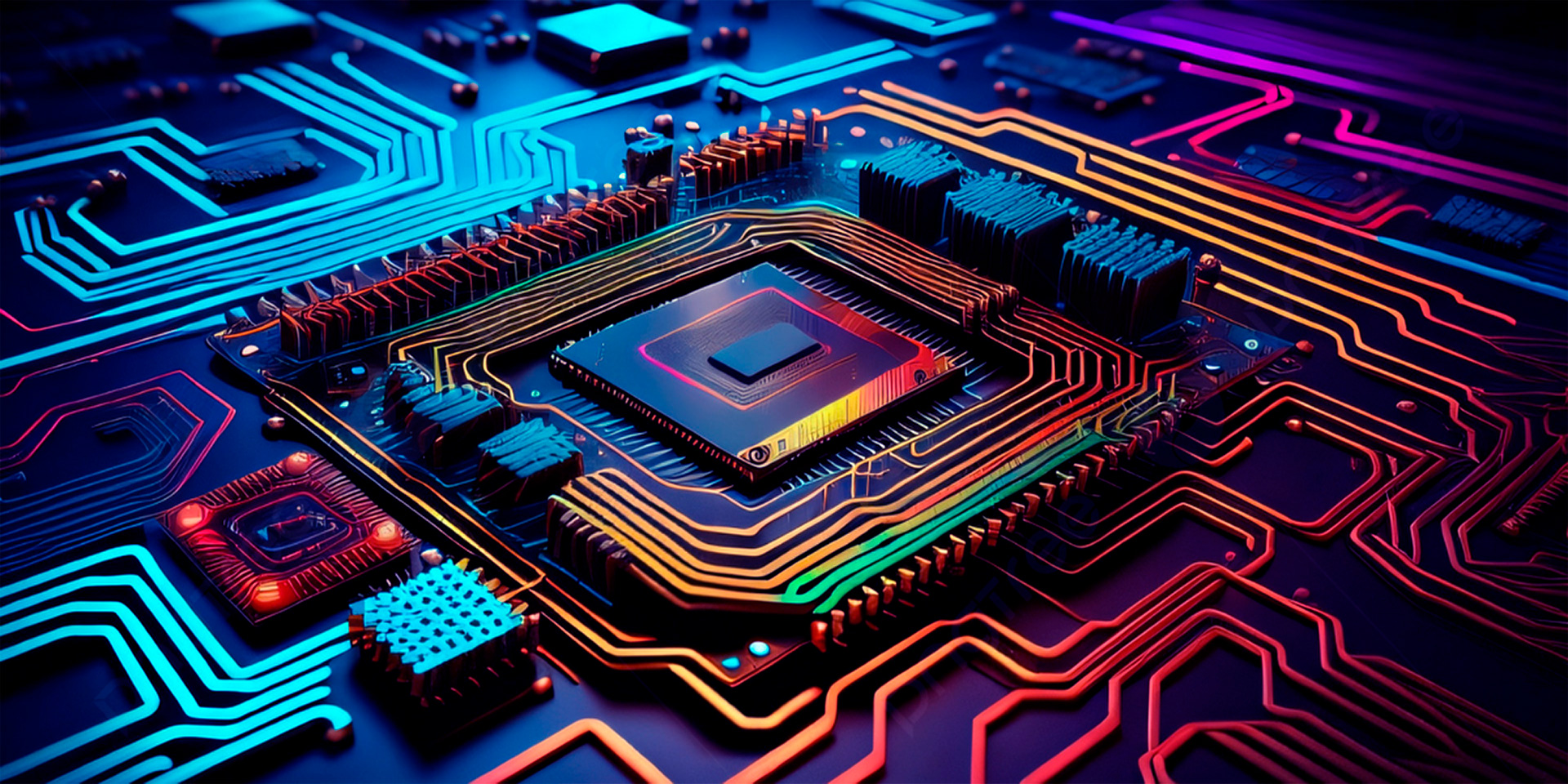Graphics Processing Units (GPUs) have undergone significant transformations since their inception. Initially designed to handle graphics rendering, modern GPUs are now integral to various computational tasks, including artificial intelligence, scientific simulations, and cryptocurrency mining. This article takes a detailed look at how GPU architecture has evolved over the years and what the latest innovations mean for users.
The Early Days of GPU Architecture
The evolution of GPU architecture began with the introduction of specialized graphics cards designed to offload rendering tasks from the CPU. Early GPUs were primarily focused on 2D graphics acceleration for applications like video games and graphical user interfaces.
Fixed-Function Pipelines
Early GPUs used fixed-function pipelines, which were hardwired to perform specific tasks like rasterization, shading, and texturing. These pipelines provided significant performance improvements over software-based rendering but were limited in flexibility.
Notable Examples include NVIDIA’s NV1 (1995), one of the first consumer graphics cards integrating 2D and 3D rendering capabilities, and 3dfx Voodoo (1996), which introduced a dedicated 3D accelerator, significantly enhancing gaming graphics.
The Shift to Programmable Shaders
The introduction of programmable shaders marked a significant milestone in GPU architecture. Programmable shaders allowed developers to write custom code for vertex and pixel processing, providing greater flexibility and enabling more complex visual effects.
Vertex and Pixel Shaders
Vertex shaders transform 3D coordinates into 2D screen coordinates, while pixel shaders determine the color and texture of each pixel. The DirectX 8.0 API (2000) was instrumental in standardizing programmable shaders, with GPUs like NVIDIA’s GeForce 3 supporting this new feature.
Key Innovations include NVIDIA GeForce 3 (2001), the first GPU to support programmable shaders allowing more realistic graphics, and ATI Radeon 9700 (2002), which advanced programmable shaders further, improving graphical detail and performance.
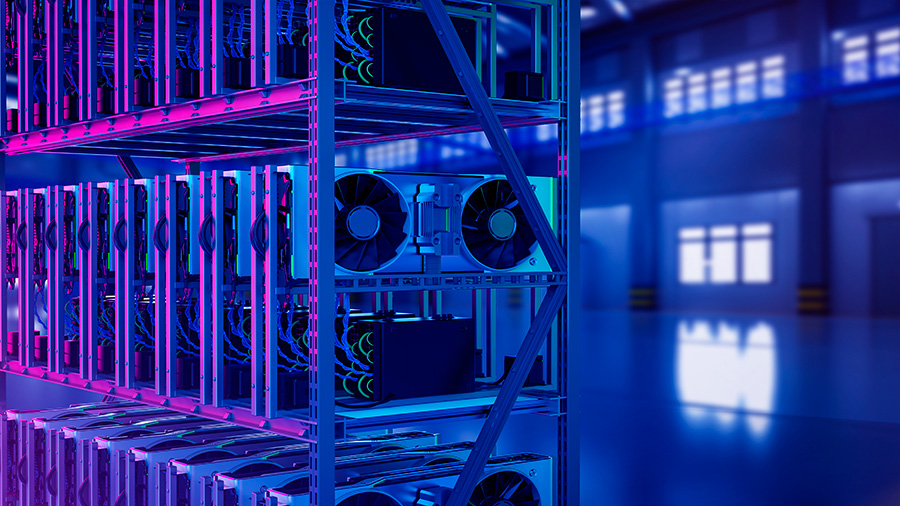
Unified Shader Architecture
As GPUs evolved, the distinction between vertex and pixel shaders became less practical. Unified shader architecture emerged, allowing all shader processors to handle any type of shading task. This approach improved efficiency and flexibility.
Stream Processors
Unified shaders are often referred to as stream processors, capable of performing various computational tasks. This shift was significant in leveraging GPUs for non-graphics tasks, laying the foundation for general-purpose computing on GPUs (GPGPU).
Milestone Products include NVIDIA GeForce 8800 GTX (2006), which introduced the unified shader architecture revolutionizing GPU design, and AMD Radeon HD 2900 (2007), which adopted a similar architecture enhancing computational capabilities.
The Rise of General-Purpose GPUs (GPGPU)
The ability to use GPUs for general-purpose computing transformed many industries. GPGPU leverages the parallel processing power of GPUs for tasks beyond graphics, such as scientific calculations, data analysis, and machine learning.
CUDA and OpenCL
NVIDIA’s Compute Unified Device Architecture (CUDA) and the open standard OpenCL (Open Computing Language) enabled developers to harness GPU power for diverse applications. These frameworks made it easier to program GPUs for non-graphics tasks.
Significant Developments include NVIDIA Tesla Series (2007), which focused on high-performance computing optimizing GPUs for parallel processing, and AMD Radeon HD 5000 Series (2009), which enhanced support for OpenCL promoting widespread GPGPU adoption.
Modern GPU Architectures and Innovations
Today’s GPUs are more advanced than ever, with architectures designed to handle a broad range of tasks efficiently. Innovations in GPU design continue to push the boundaries of performance and capability.
Ray Tracing and AI
Ray tracing and artificial intelligence are two major areas where modern GPUs excel. Ray tracing simulates realistic lighting effects, while AI capabilities enhance various applications, from image processing to autonomous driving.
Leading Technologies include NVIDIA RTX Series (2018), which introduced real-time ray tracing and AI-powered features setting new standards in visual fidelity, and AMD RDNA Architecture (2019), which focused on gaming performance and efficiency incorporating advanced ray tracing support.
Scalability and Power Efficiency
Modern GPU architectures emphasize scalability and power efficiency, addressing the demands of diverse workloads and energy consumption concerns. Techniques like multi-GPU configurations and advanced power management are crucial for high-performance computing.
Key Products include NVIDIA Ampere Architecture (2020), which enhanced performance and efficiency supporting a wide range of applications from gaming to data centers, and AMD RDNA 2 Architecture (2020), which improved scalability and power efficiency powering next-generation gaming consoles and PCs.
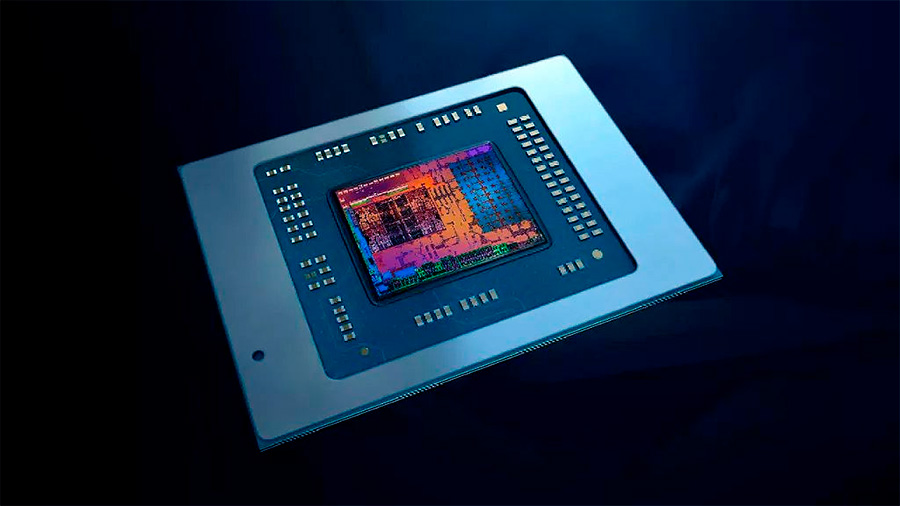
Future Trends in GPU Architecture
The future of GPU architecture promises continued innovation and increased capabilities. Emerging trends focus on further integration of AI, improved performance per watt, and expanding the role of GPUs in various industries.
AI and Machine Learning Integration
As AI and machine learning continue to grow, GPUs will increasingly integrate dedicated AI processing units. These enhancements will improve the performance of AI applications and enable new use cases.
Quantum Computing Synergy
The potential synergy between GPUs and quantum computing is an exciting area of research. GPUs could play a significant role in supporting quantum algorithms and simulations, accelerating advancements in this cutting-edge field.
Enhanced Connectivity and Interoperability
Future GPUs will likely feature enhanced connectivity options, enabling better interoperability with other computing components. Technologies like PCIe 5.0 and advanced interconnects will facilitate faster data transfer and improved performance.
Conclusion
The evolution of GPU architecture has been marked by significant milestones and innovations, transforming GPUs from specialized graphics accelerators to powerful computational engines. Modern GPUs are essential for a wide range of applications, from gaming and graphics rendering to scientific computing and AI. As technology continues to advance, the future of GPU architecture promises even greater capabilities and performance, driving innovation across multiple industries. By understanding the evolution and latest trends in GPU design, users and developers can better leverage these powerful tools for their needs.


